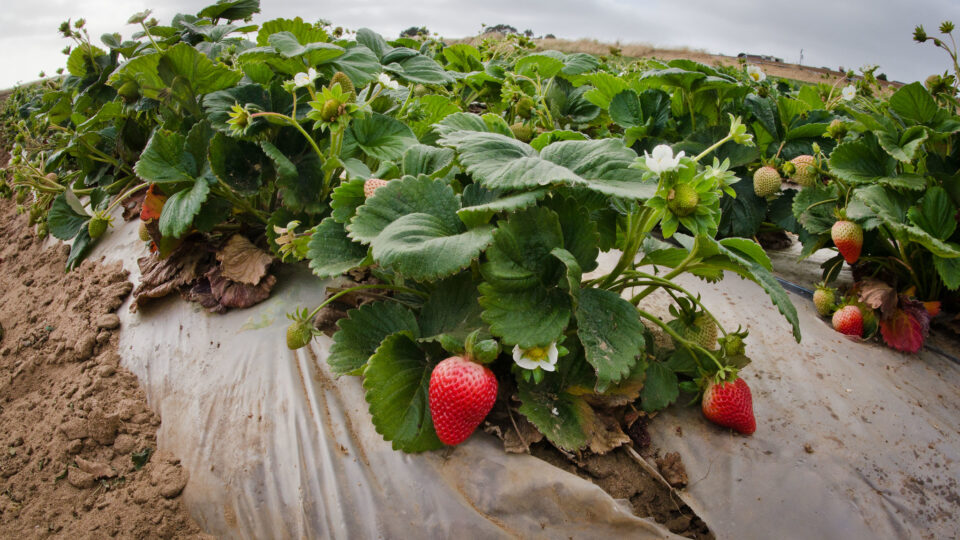According to a new study led by researchers from the University of California – Davis, conserving natural habitat around strawberry fields can protect farmers’ yields, their bottom line, and the environment. The study also suggests that conserving natural habitat in this way has no detectable threat to food safety.
In this study, which was recently published in the journal Ecological Applications, the research team conducted surveys and experiments at 20 strawberry farms along California’s Central Coast. This region is responsible for 43% of the nation’s strawberry production.
The researchers found that strawberry farmers were better off with natural habitat, like forests, grasslands, wetlands, and shrubs, around their farms than without it. According to the study’s models, adding natural habitat can reduce crop damage costs by 23%. Removing natural habitat can increase costs by as much as 76%.
Importantly, the strawberry farms with natural habitat surrounding them showed no signs of increased fecal contamination. While bird feces were regularly encountered on the ground, only 2 of 10,000 strawberries examined show signs of direct fecal contamination. Those contaminated berries would be discarded during the hand-harvesting process.
These findings run contradictory to current best practice recommendations that support natural habitat removal around strawberry farms in order to decrease bird fecal contamination and crop damage. These food safety requirements were a consequence of the deadly outbreak of E. coli in 2006, which was traced back to spinach grown in this region.
It seems like our agricultural landscapes can both support and benefit from biodiversity.
**********
Web Links
Natural habitat around farms a win for strawberry growers, birds and consumers
Photo, posted June 16, 2011, courtesy of the USDA via Flickr.
Earth Wise is a production of WAMC Northeast Public Radio.
